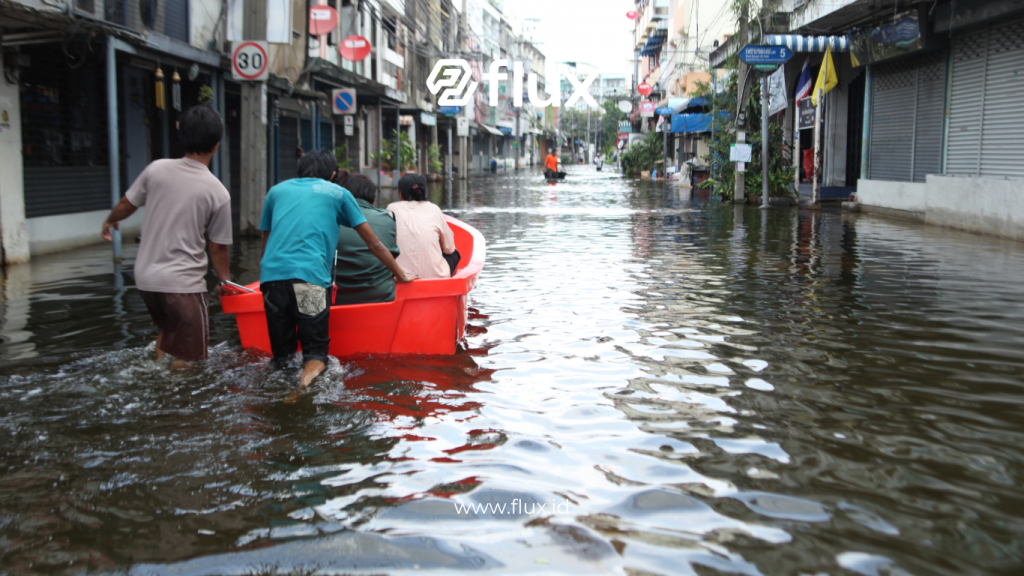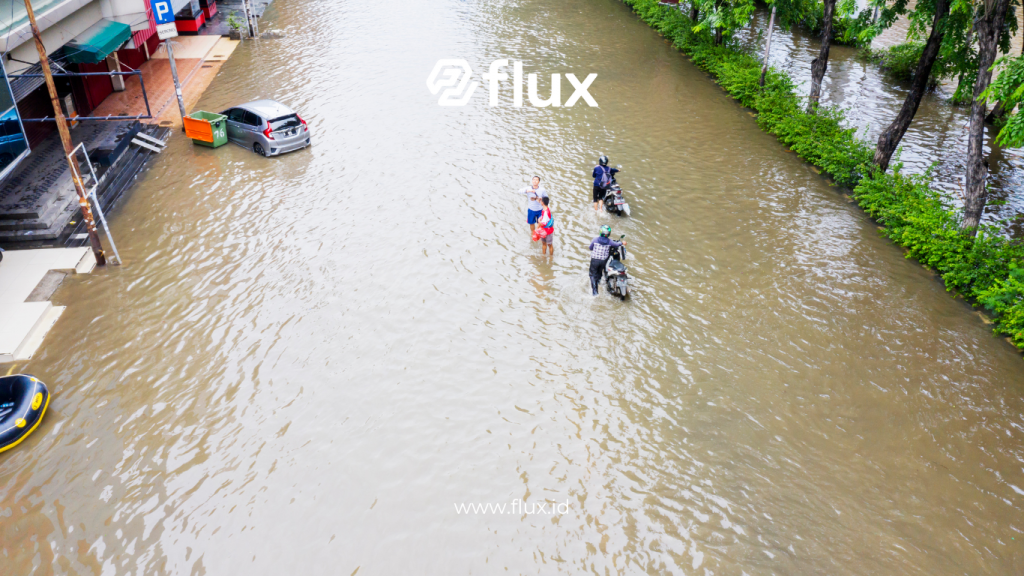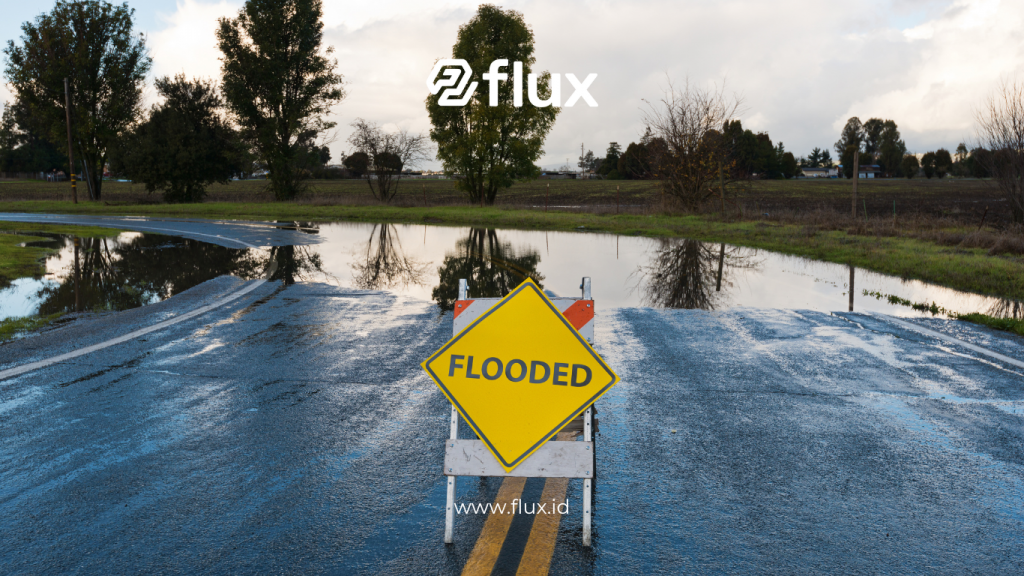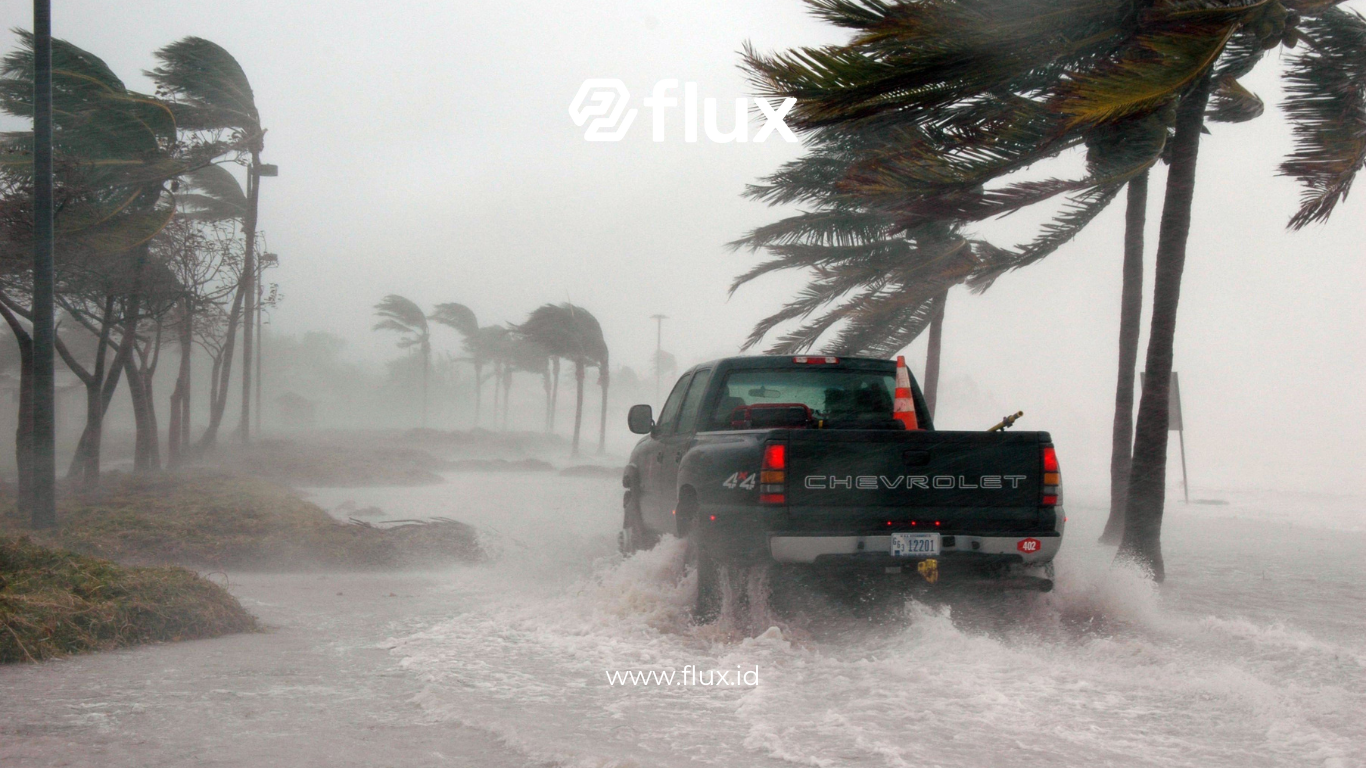Don't miss our holiday offer - 20% OFF!
Floods are among the most frequent natural disasters worldwide. Climate change, rapid urbanization, and environmental degradation have increased the risk of flooding in many areas. However, technological innovations offer intelligent solutions to these challenges. One groundbreaking advancement is the use of smart sensors to monitor and mitigate the effects of flooding. This article explores the technology behind smart sensors, how they work, and their benefits in flood risk mitigation.
Contents
The Technology Behind Smart Sensors for Flood Monitoring

Read More: Pressure Sensors: Unveiling Advanced Flood Monitoring Secrets
1. What Are Smart Sensors for Flood Monitoring?
Smart flood monitoring sensors are devices capable of measuring, analyzing, and transmitting real-time data on water conditions. These include:
- Water level measurements
- Flow rate monitoring
- Rainfall intensity tracking
- Water quality analysis
2. Key Components of Smart Sensors
- Ultrasonic Sensors: Measure water levels without direct contact.
- Soil Moisture Sensors: Track soil saturation levels to indicate potential flooding.
- IoT Modules (Internet of Things): Connect sensors to cloud platforms for data analysis.
- Early Warning Systems: Alert authorities and the public in case of potential floods.
3. How Do Smart Sensors Work?
- Data Collection: Sensors detect changes in water conditions within a specific area.
- Data Analysis: Collected data is processed using advanced algorithms on cloud servers.
- Quick Response: The system triggers early warnings if flooding risks are detected.
Benefits of Using Smart Sensors in Flood Monitoring
1. Accurate Early Warnings
Smart sensors provide real-time information that helps communities and governments take preventive action before floods occur.
2. Improved Decision-Making
Instantly available data allows authorities to plan evacuations and mitigation measures effectively.
3. 24/7 Monitoring
Smart sensor systems operate continuously, ensuring round-the-clock monitoring of water conditions.
4. Cost Efficiency
This technology reduces the need for manual patrols to monitor rivers or flood-prone areas.
Applications of Smart Sensors in Flood Monitoring

Read More: Predicting Floods: The Role of Rainfall Sensors
1. Urban Monitoring Systems
Major cities like Jakarta and Bangkok have implemented this technology to minimize the impact of seasonal floods.
2. Early Warnings in Rural Areas
Sensors are deployed in rural regions to protect agriculture and critical infrastructure.
3. Dam and Reservoir Management
Smart sensors help regulate water levels in dams to prevent severe flooding.
4. Integration with Weather Systems
Smart sensors are often combined with weather data to provide comprehensive warnings.
Challenges in Implementing Smart Sensors
1. Installation Costs
While cost-effective in the long run, the initial installation of smart sensors requires significant investment.
2. Infrastructure Limitations
Remote areas often lack the necessary network infrastructure to integrate sensors with cloud systems.
3. Maintenance of Technology
Sensors require regular maintenance to ensure optimal performance, especially in extreme environments.
4. Public Awareness
Increasing public awareness and understanding of this technology is essential for maximizing its benefits.
The Future Potential of Smart Sensors in Flood Prevention

Read More: Flood Anticipation with IoT, Direct Monitoring from Smartphone
- Integration with AI and Machine Learning:
Artificial intelligence can predict flood patterns based on historical data. - Global Collaboration:
Countries can share technology and data to collectively address flood issues. - Development of More Durable Sensors:
Future sensors will be more resistant to corrosion and extreme weather conditions. - Integration with Smart Cities:
Smart sensors can become integral to the ecosystems of interconnected smart cities.
Conclusion
Smart sensors for flood monitoring are innovations capable of saving lives and preventing significant material losses. With real-time capabilities, cost efficiency, and integration with IoT technology, these sensors are an ideal solution for addressing the increasing threat of floods caused by climate change. Although challenges remain in implementation, the potential of this technology for the future is immense. Collaboration between governments, private sectors, and communities is essential to adopt this technology widely and effectively.





